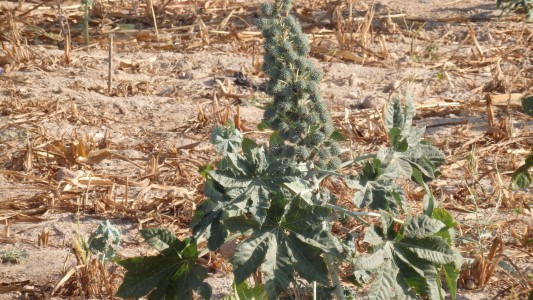
But which oil?
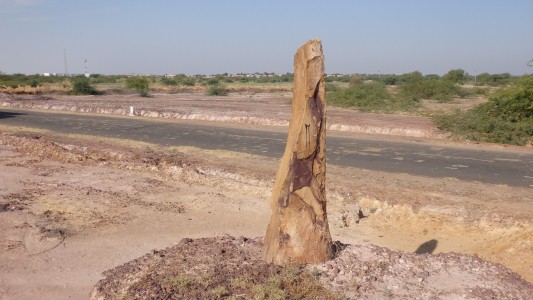
There are reputedly several standing stones (menhirs) on the island of Khadir.
This is possibly one. Beside the road.
Maybe neolithic.
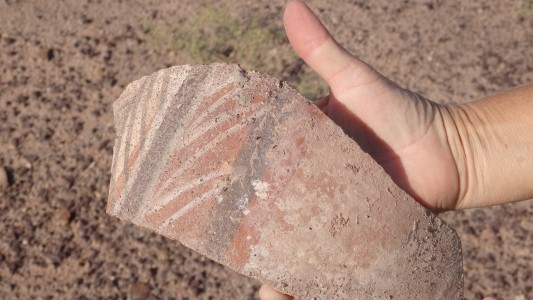
From neolithic to Indus Valley Civilisation.
The broken earthenware jar next to the standing stone isn't old at all. Just that the same shaped jars, with the same style decorations, are in use now as were a few thousand years ago.
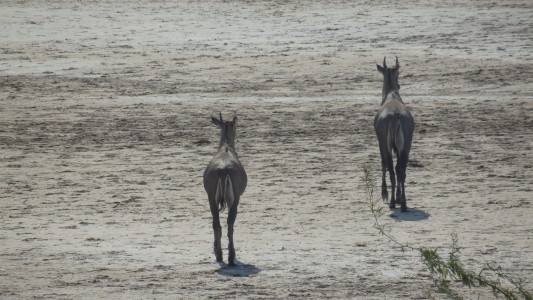
Just after they'd spotted us.
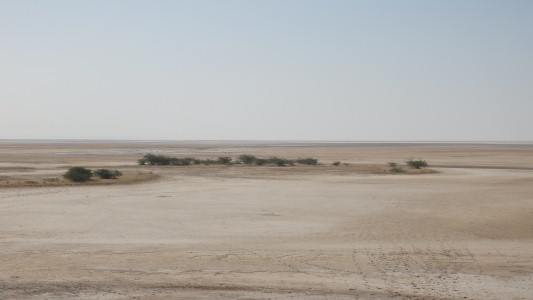
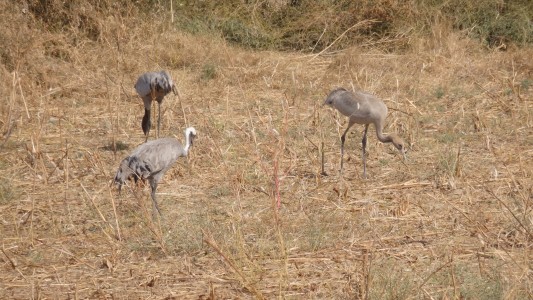
They are probably the same sort of birds we saw in flight a couple of days ago. Not flamingoes.
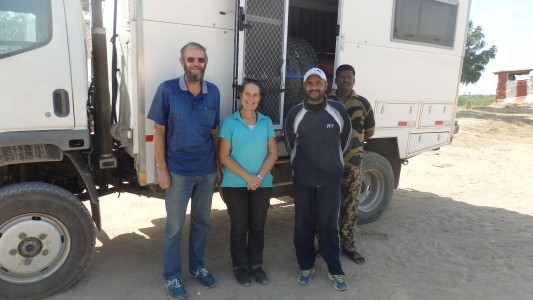
A shorter road to Santalpur. We couldn't understand why the gps didn't choose it.
As the road deteriorated we stopped at a convenient Border Security Patrol outpost.
We took tea with the Commander and Assistant. The assistant was from Assam, gave us his phone number for future use if we needed help, and phoned locals to check on the condition of the road ahead. Passable for our vehicle.
We were offered lunch but figured we needed to find a park before nightfall.

There is no indication on the maps that it is any different to the sealed roads we've been on.
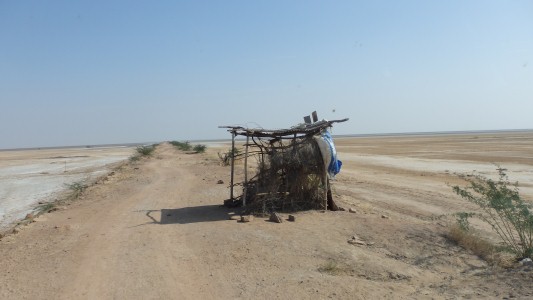
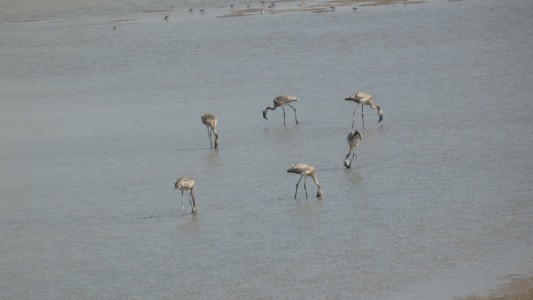
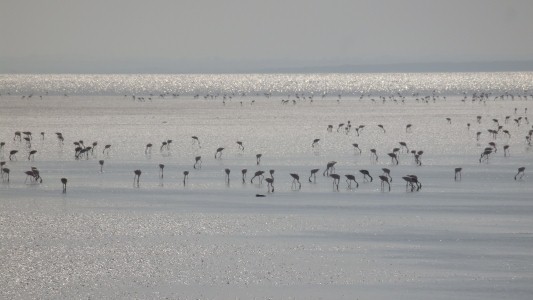
The tide is out.
The Rann of Kutch used to be open to the sea until a geological uplift cut it off.
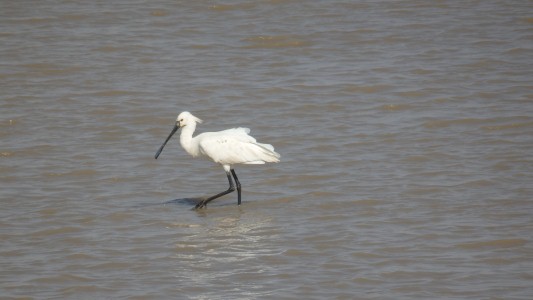
We wondered which design of bill was the more efficient and effective.
There are more flamingoes than spoonbills.


A very fast marching pace, just short of running.
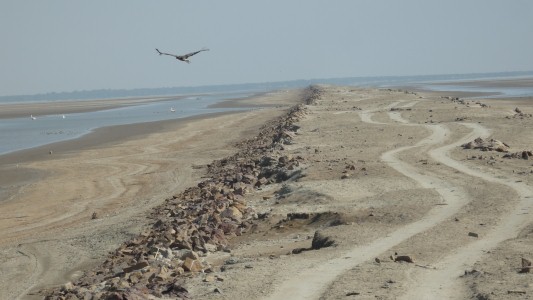
The eagle entertained us by landing a couple of hundred meters in front of us. Then using the wind to soar further along the causeway until we caught up.
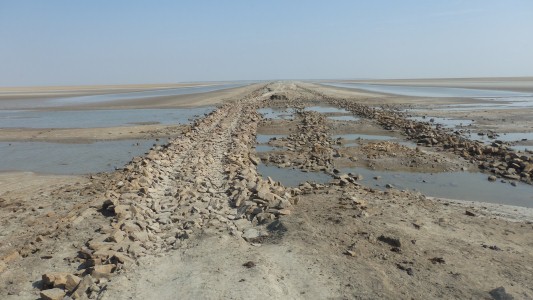
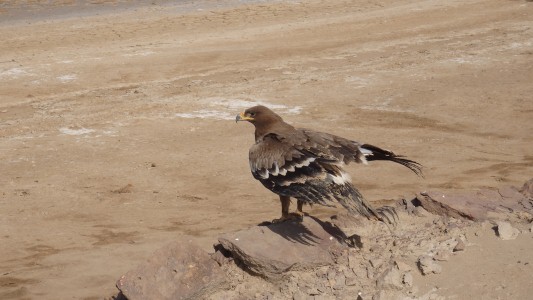
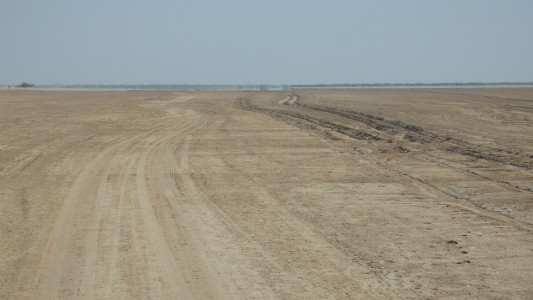
No more causeway.
We proceeded cautiously.
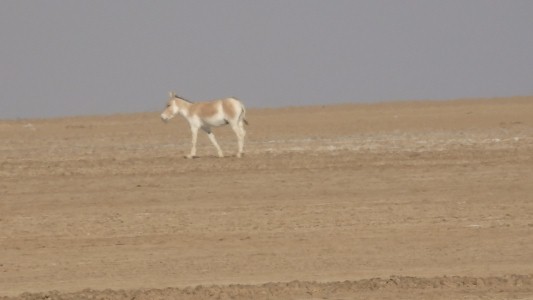
This one has strayed a bit, and is keeping its distance from us.
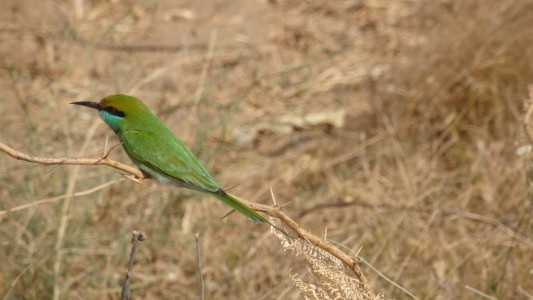
In Aus we'd call it a Rainbow Bee Eater.
We haven't seen any bees.
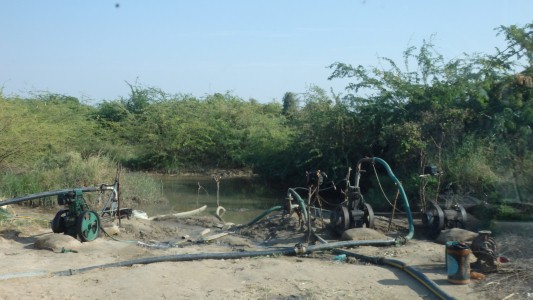
And the sounds of Lister and Petter diesel pumps.
Our passing woke the pump operator.
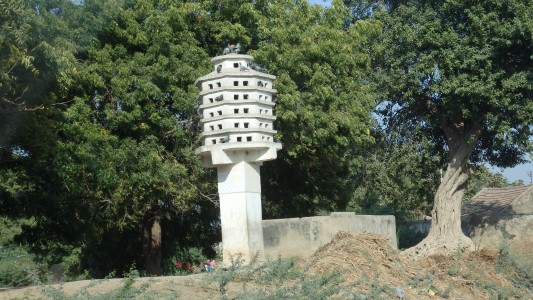
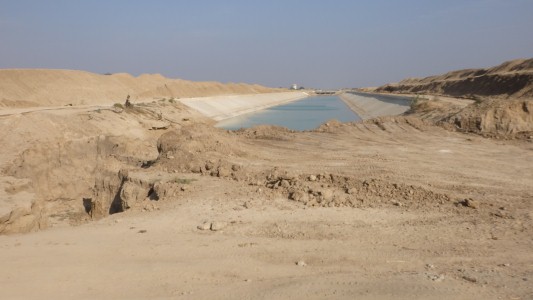
And now has a lot of canals.
This one is still under construction.
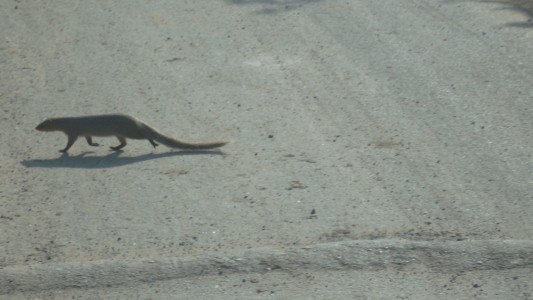
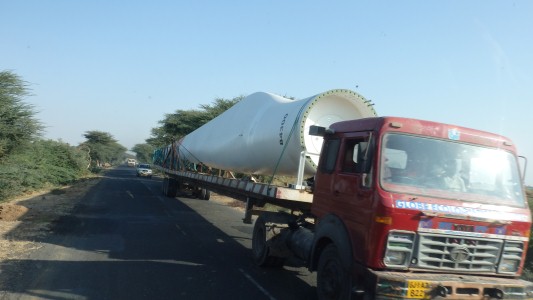
Our overnight stop in the Santalpur fuel station was interesting.
A series of visitors keen to tell us about the neighbourhood and the developments that were occurring.
An enthusiasm we haven't met elsewhere.
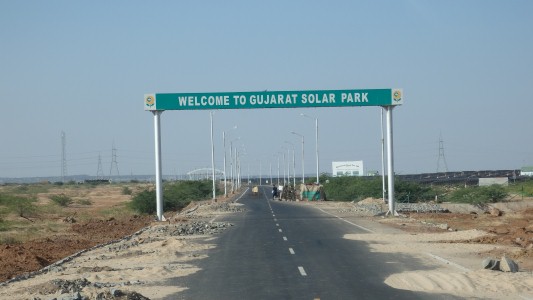
About 5 acres per Mw. Aim for the future is 4 acres.
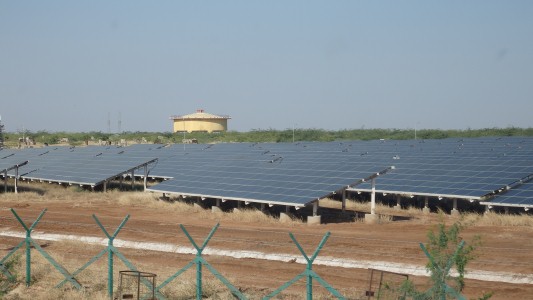
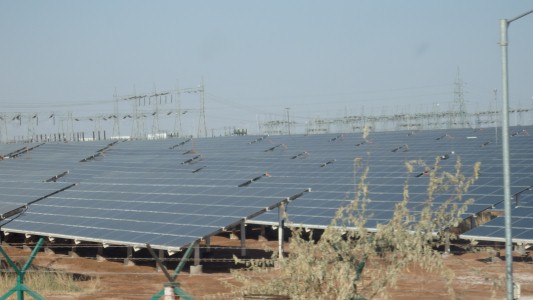
Second lot of security took us to the Commander.
Cdr. M Jagdish, the Operations AGM.
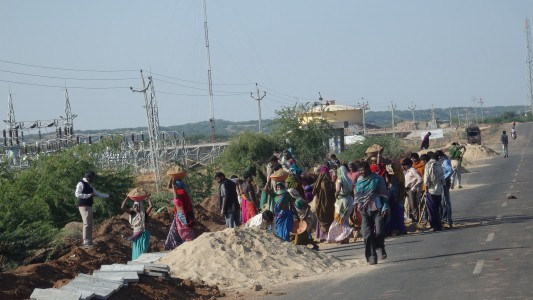
Government power corporation took on the role of changing land use (unused agricultural to industrial) and to provide basic infrastructure.
Individual companies then lease land, install panels (5 - 100 Mw projects), connect to the power network and sell their energy to the government.
This is part of a cable laying gang. The sand is being laid in the bottom of a trench (mechanically dug).
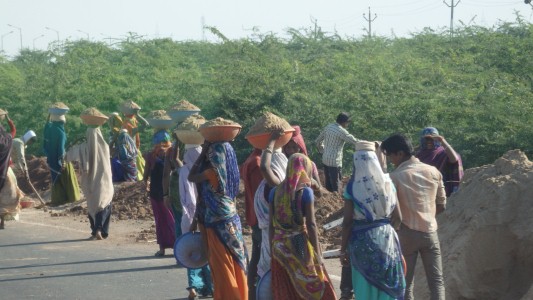
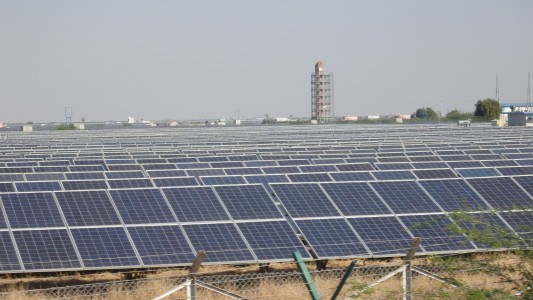
Including to the top of that tower (in a lift).
Enthusiastic about the provision of employment, primary schools, and water (needed to clean panels) to the area.
The buildings house inverters to convert from the DC the panels provide to AC that the grid requires.
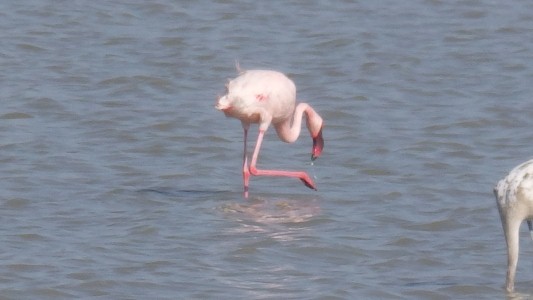
More shallow water for the flamingoes.
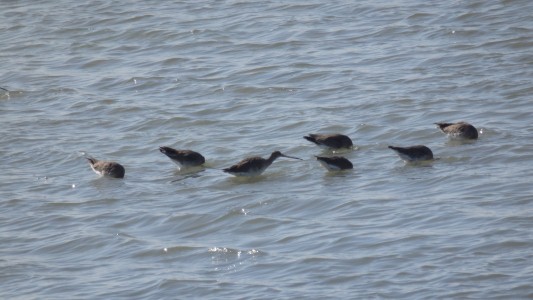
But we did notice the long beaks.
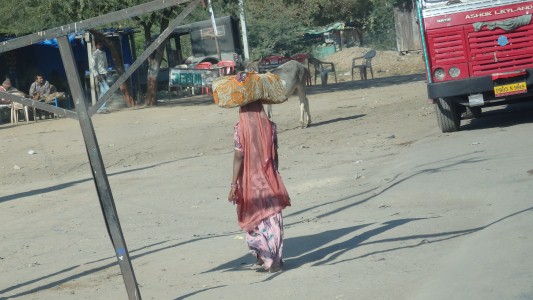
Carrying things on heads seems universal.
This land is flat and accessible with wheels, in contrast to Nepal where heavier loads are carried on the back with a band round the forehead.